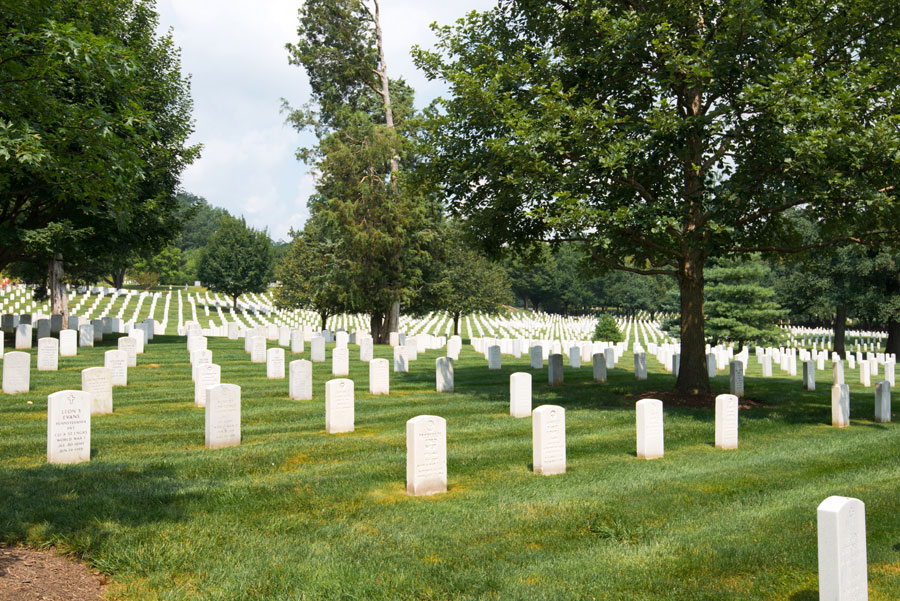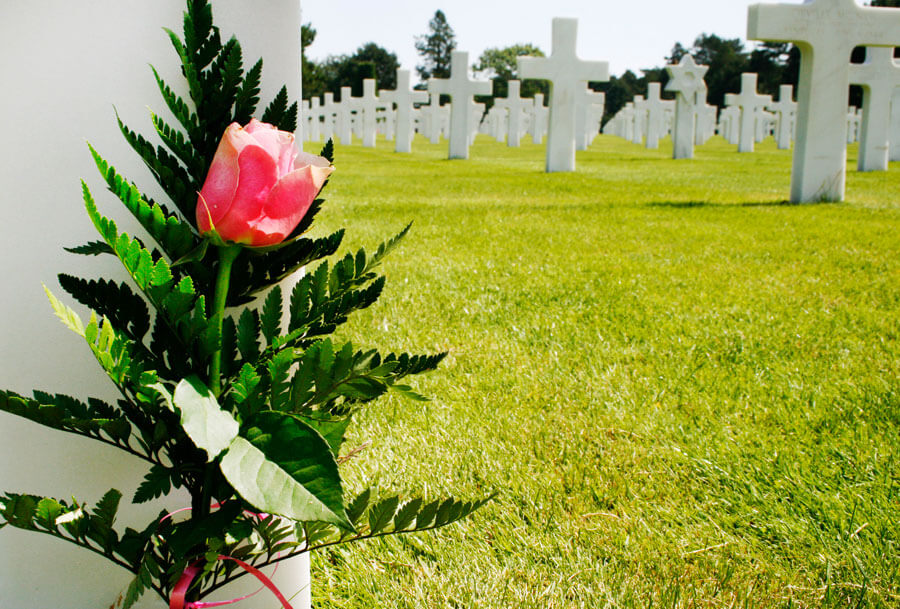A funeral program, also referred to as an obituary program, funeral pamphlet, or booklet, is a small brochure that contains a tribute to the deceased, memorial service information, poems, prayers, special notes, and details of what will take place during the memorial service or funeral.
These programs are usually crafted to ensure that everyone who attends the service is aware of what will be at the ceremony and what to expect from it.
Funeral Program Templates
Templates play a crucial role in creating flyers or brochures for funeral programs. Templates have already been pre-formatted with essential details in place regarding how the service will be run. On most occasions, you need not add anything to the outline because it is exhaustive.
Sorrow may fill the vicinity, but the message in the templates is carefully wrapped and makes the event a memorial even as you celebrate your loved one.
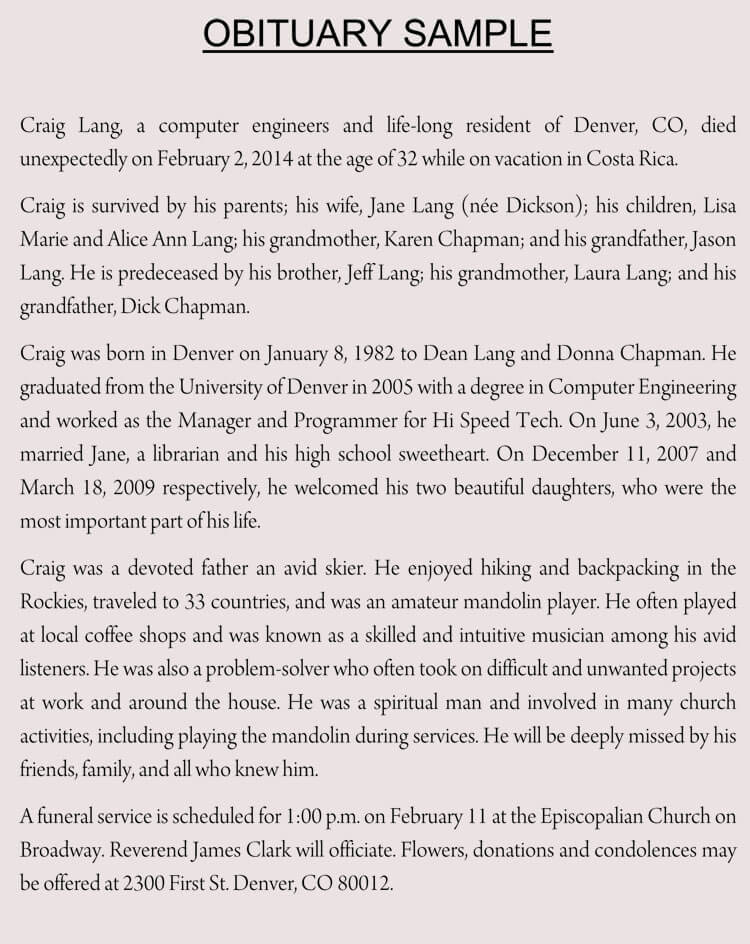
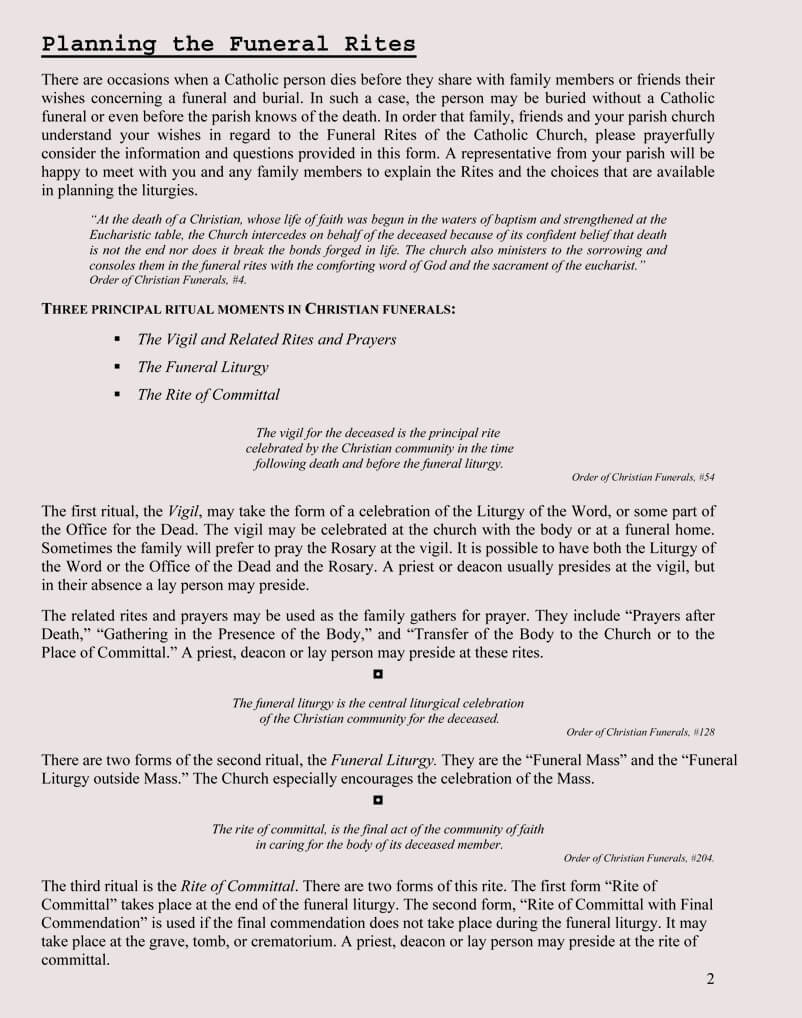
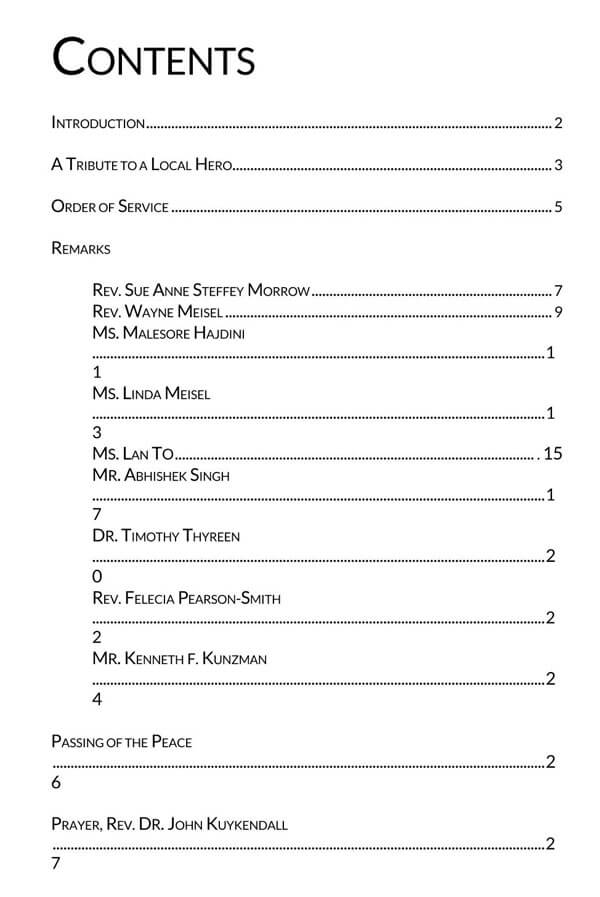
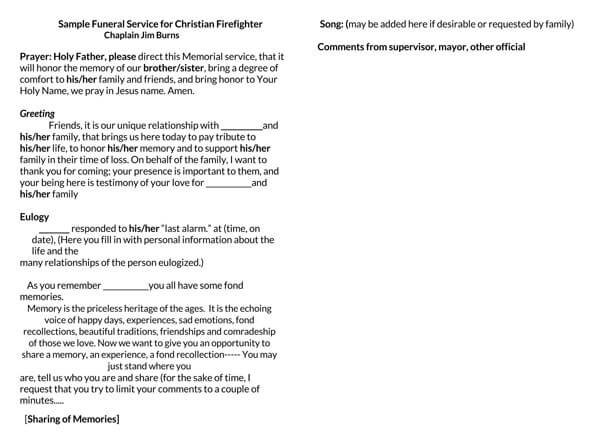
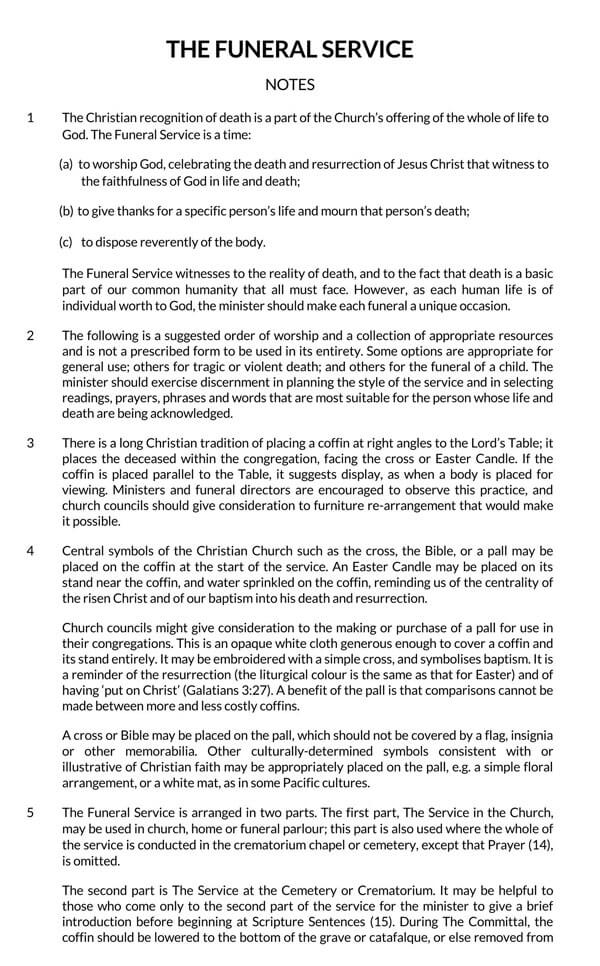
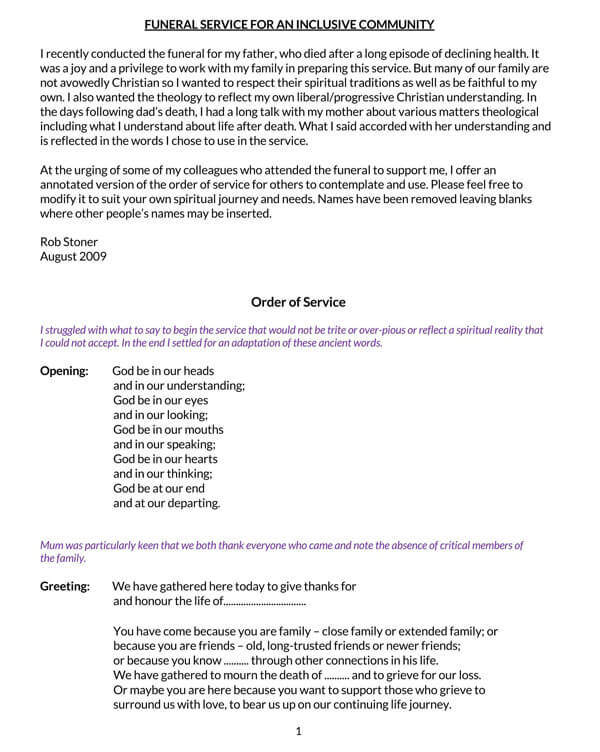
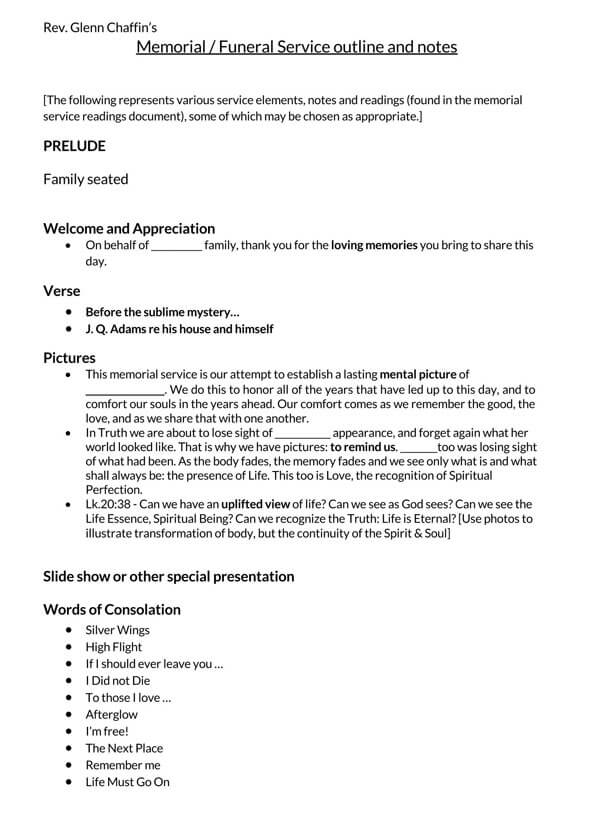
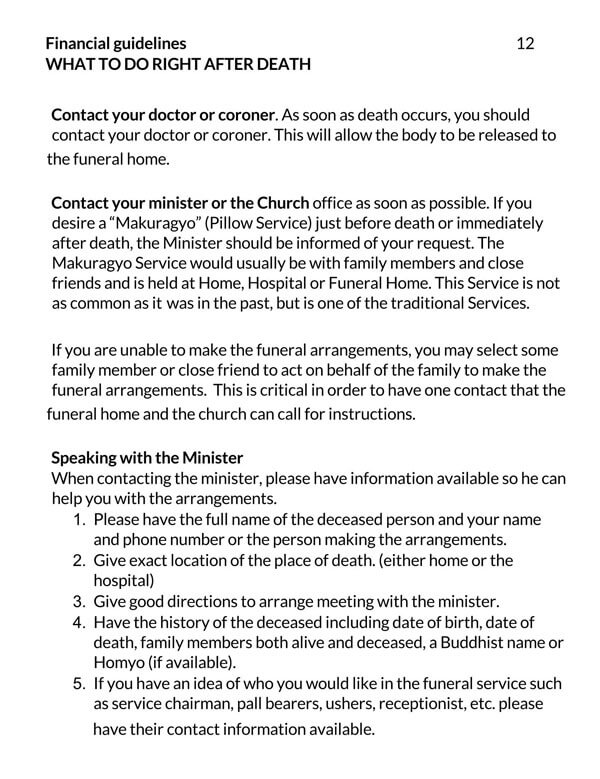
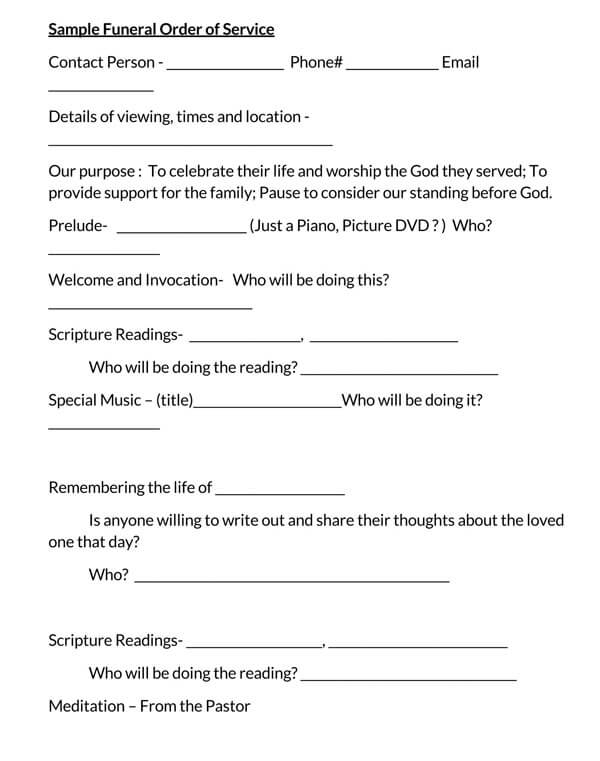
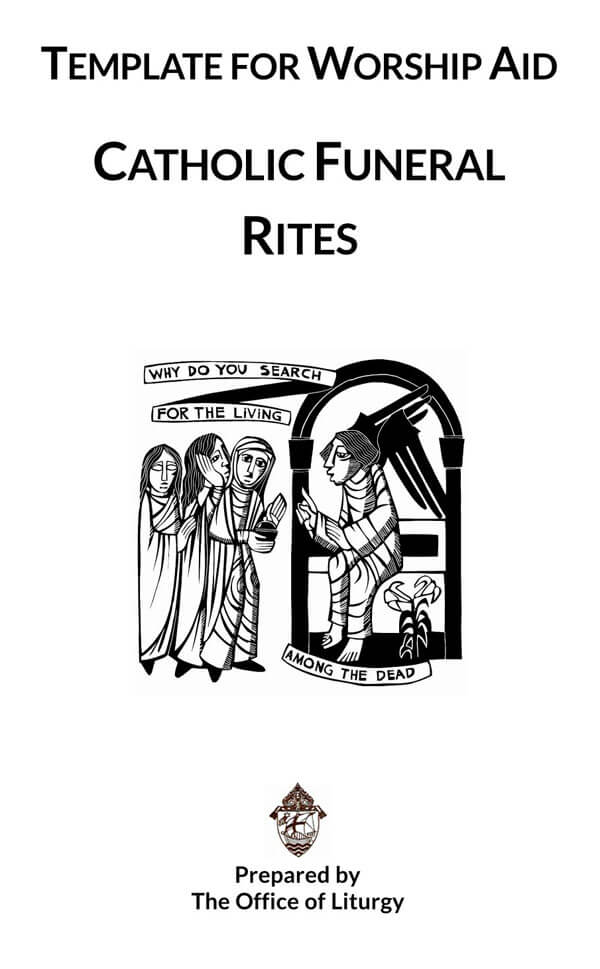
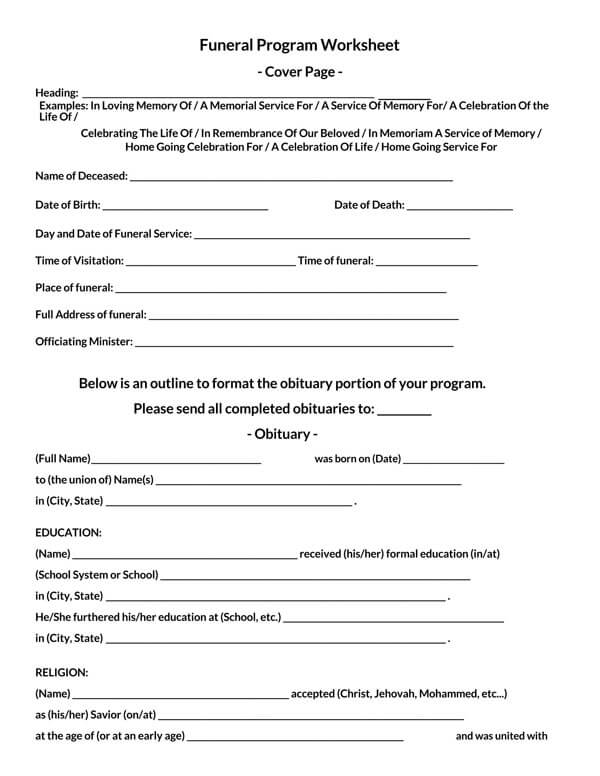
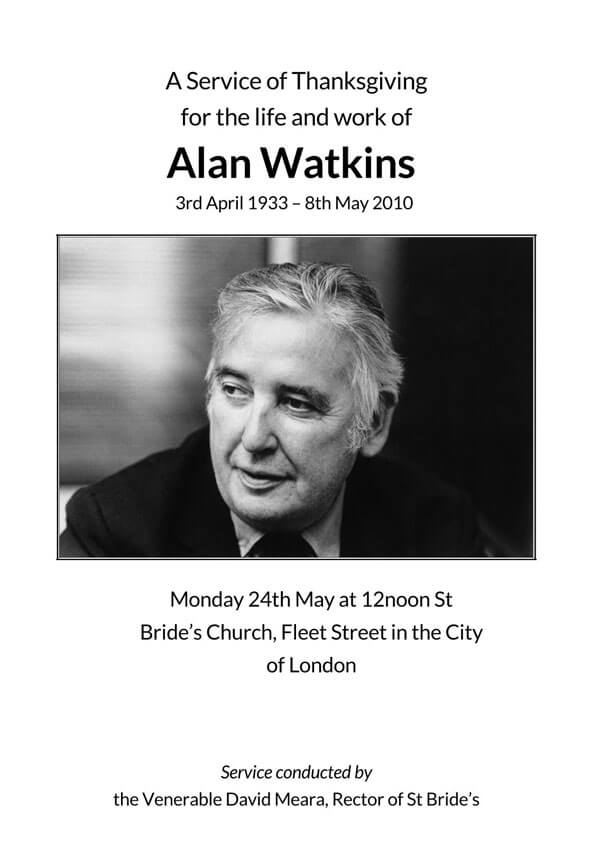
Information to Include in Funeral Program
Making a funeral program usually depends on a person’s preference and the type of service that one is having. When creating such a program, there are many kinds of information that one can include. Whether it is for a formal funeral service or an informal memorial service, one can make a program as simple or complex as one would like.
The information included in a funeral program can be categorized into two categories:
Complementary information
Complementary information includes any information that can help set the theme of the funeral and provide critical information that anyone attending the funeral service should know about.
Such information includes:
- The title
- Service Information
- The deceased person’s full name, including their maiden name
- Their date of birth and death
- Time, venue, date of the funeral, and burial
- Their family, i.e., surviving members
- Names of Pallbearers/flower bearers
- Officiant
- The name of the person delivering the eulogy
- Titles/references to Quotes and inspirational sayings
- Titles and artists of songs to be played during the funeral
Optional information
Optional information includes any piece of information that is not necessarily important but it would aid in the smooth progress of the program. Optional information included in the program is usually meant to educate people attending the deceased’s service, i.e., what they did for a living, their hobbies, what they liked, etc.
Optional information to be included:
- Photo collages
- A brief biography
- Their hobbies
- Favorite things, e.g., food, songs, places to visit, etc.
- The names of their pets
- Things they loved
- Time and place of reception
- Interment details
- Prayers
- Funeral song lyrics
- Sentiments of gratitude from their family, friends, and guests
- Notes to the deceased loved ones
- Funeral and memorial clipart
- Acknowledgment and thank-you notes
Making a Funeral Program
Planning a funeral is usually an emotional affair. Despite the various activities that usually occur, people always want to focus on those activities that will not divert the main agenda of the program, i.e., honoring the deceased. Knowing how to make a funeral/memorial program properly can help ensure that the service runs smoothly by ensuring that everyone in attendance is aware of the program’s lineup.
Below is a comprehensive step-by-step guide on how to properly craft one:
Step 1: Gather personal information
The first thing to do is gather as much information as possible about the deceased from their family and friends, who could possibly have more information than you do, as the organizer. The more information one has about the deceased, the easier it becomes to craft a comprehensive program.
When collecting information about the deceased, it is essential to be very sensitive and considerate, as this is usually a hard time for all or most members of the family and the deceased’s friends.
remember
Give others time and space to grieve and only ask questions when ready and willing to answer.
Step 2: Compile the information
After gathering all the essential additional information about the deceased and other vital details, such as the venue, date, etc., compile them using software or a template. Choosing colors that are a favorite of the deceased is essential.
When using a template, it is recommended that the outer cover be standard and have a caption that is something more descriptive about the funeral service. One can easily download templates from several sites available on the internet.
One can also create one from scratch using Microsoft Word, SmartDraw, Apple iWorks, and other available desktop publishing software.
Step 3: Add details
Having a simple, elegant, and flawless design is very important to ensure that no information is missed. The design should also be in line with the funeral service. When creating the funeral/memorial program, it is essential to have a clear picture of the service. If you are unsure of how the service will be conducted, it is advisable to consult the officiant for guidance.
Step 4: Select a portrait and font
Photos add a special touch to the funeral/memorial service. They help celebrate the deceased person’s life and remind the family and friends of special memories that they shared with the deceased. Displaying photos of the deceased does not have to be complicated; use photos from different times during the deceased’s life, locate pictures of close friends and family members, check cameras, cell phone galleries, and computers for more recent photos, and ask their other family and friends if they have useable photos of the deceased in digital format.
For the font, make sure to use an easy-to-read font- one or two scripted fonts are enough. For funeral programs, black is usually considered as it shows simplicity. Depending on the paper color, use a font color that can be seen with ease.
Step 5: Choose a cover
When choosing a cover photo, it is recommended to use a professional studio photo if possible. The ideal size would be 5’x7’ but preferably 8’x10’, with the focus above the shoulders. A larger photo size will ensure that the photo is sharp and well-focused once the picture is scanned in. Large photos also have the best lighting and resolution and can easily be adjusted to fit the program. Together with the photo, one can also consider adding flowers, sunset images, rainbows, etc.
note
Inserting images will significantly increase the file size. Since larger files can be hard to work with, consider checking the image file size and reducing it to have a lighter file to work with.
Step 6: Select a printer
After compiling everything and ensuring that everything is in the proper order, it is now time to print it. There are two ways that one can do this:
Using a home printer
One may opt to use a home printer to print the file. This method is cheap and convenient but it is not recommended for bulk printing.
Using a professional printer
The second option is to visit a professional printer for printing quotes. This method is recommended when dealing with bulk files.
Before choosing between these two methods, one should consider the total cost they will incur and the convenience of using such methods.
Basic Outline of a Standard Funeral Program Template
Every time you have to pull together a funeral program for someone you love, it becomes an emotional task, considering you are already overwhelmed by the loss. A template comes in handy to save you stress and strain.
Here is what a basic template should look like:
Name and photo
The template begins with a clause like ‘’Celebrating the Life of’’ or ‘’In Loving Memory of’’ and then the names of the departed. Ensure the spelling of the names is correct.
A photo is placed before the names or after them. Select a picture that will show the deceases in a way that is familiar to many- it should be lively.
Dates
The dates are to be written after the names and photos. The birth date of the deceased comes first, followed by the death date. This should be double-checked to ensure it is correct.
Biography
Highlights of the lives and achievements of the departed are featured. This includes his birth, growth, school, marriage, work, and any ailments, if any.
Order of service
The order of service will outline the procedure to be followed and begin with a prayer or opening music, then the family processional, a hymn, words from the pastor or church head, words from family and friends, another hymn, and the family recessional in that order.
Burial
If the service is to be followed by the burial, the burial location, time, and date are indicated below the last action to be done on the order of service.
Final word
A brief word from the family thanking everyone will mark the end of your template.
Conclusion
Creating a funeral program is usually not problematic. However, one should make sure that the program is in line with the service and that the information contained in it is accurate. When drafting one, it is essential to keep in mind that the other family members and friends of the deceased will expect the program in memory of their loved one. Therefore, make sure that it is simple, elegant, and focuses on the deceased to create a lasting impact and help all the people attending always remember their loved ones.

